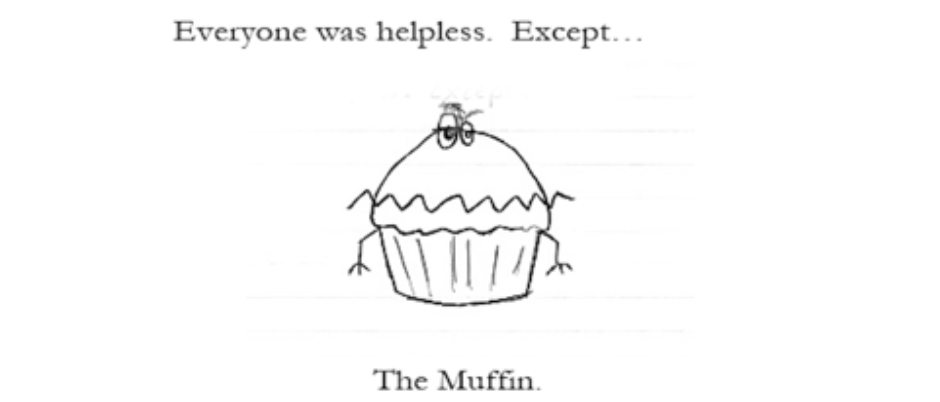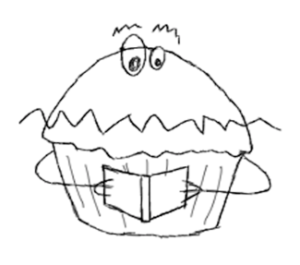It seems almost sinister, almost calculated, the way that the arts are targeted first. “You won’t get a job,” they say, dismissively. Sometimes, we believe them. And yet, for all their uselessness, the arts have been skillfully deployed as propaganda by authoritarian regimes all over the world. The arts speak the language of the heart. The Arts can bolster a corrupt regime up to unprecedented heights.
The arts can also surreptitiously dismantle it. Do authoritarian leaders realize this themselves, or do they notice a long, historical pattern of artists being a generally difficult species to subdue?
I must not tell lies.
I remember learning (during my useless Liberal Arts education) about the works of Mikhail Bulgakov, a Russian author and playwright whose work was increasingly banned for satirizing and cheekily critiquing Soviet culture during Stalin’s reign. Enough of his work got through to his audience for his message to sink in, in part, I believe, because his talent was a big enough asset to the Soviet art scene that they were willing to overlook his transgressions at first.
Centuries earlier, Bulgakov’s hero, the French playwright Moliere, wrote plays mocking the ruling classes – always biting enough to make people think, but funny enough to keep him out of jail. Mostly.
Like a person, a good measure of a government’s sense of stability is whether or not it allows you to make fun of it.
In their most subtle forms, the arts can slink under the radar of an authoritarian regime, bending words and obscuring meaning within meaning, and slip truths like passed notes under the veil of storytelling. Truths that the oppressor tries to hide from the people.
I must not tell lies.
The arts are dangerous. They challenge us to slowly doubt the world that has been built around us, the world that has gently wrapped itself around our minds like a blanket. Maybe this world has told us things. Things we’re complacent with. Things like:
“Everything was better in the 1950’s.”
“Protestors are just whiners.”
“The rich know best what to do with the money in our system. That’s why they must be the job creators, not you. Never you.”
“That’s locker room talk.”
“Muslims should be registered for our country’s safety.”
The seeds of doubt in these notions are anchors to our better human nature. These kinds of seeds aren’t sewn by people shouting facts and figures at us, pleading with us, arguing with us. Arguments might budge us a little, but art – art speaks the language of the heart. And art, with its million disguises and meandering truths, knows how to get there, burrowing deep until it grows.
It’s the play about the foolish king, the novel about the wise maid, the painting of a creature wrenching itself apart that keeps you up at 3 a.m., wondering how you could have been so blind. It’s the children’s series featuring a teenage boy whose who is forced to write lines in his own blood when he dares speak out against corruption that becomes our instruction manual for how to fight for our rights.
The arts doesn’t accuse. They only invite you to be a part of the story.
I must not tell lies.
Save the arts, my friends. Someday they might be the only voice of truth you have left.
—
Ok. Ok. The world of art won’t die if the current regime stops funding it. It will simply become the purview of the wealthy, and their children who can afford to learn it – which, frankly, is tragic. The rich man has many languages, but the language of most of his fellow men is not one of them.
We will seldom hear the voices of those who feel their full potential and can’t reach for it due to lack of time and resources. These voices hold truths from people all around us, in every part of our society. And we can’t grow as a society until their truths permeate our blanketed minds as easily as the truths of the ones who have it easy.
And I’m no art historian, but I can think of at least one example of a time when art was driven by those with the largest bank accounts.
Gothic art
Gothic art
Even more Gothic art
(This is not an exhaustive list. There were also cool drawings of skeletons).

